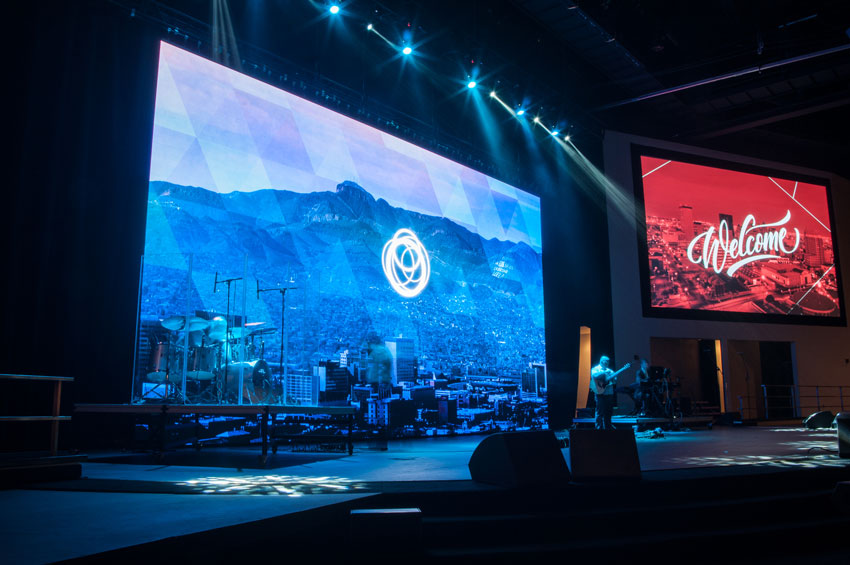Perfecting Color Precision in LED Display Calibration for Breathtaking Visual Presentations
Perfecting Color Precision in LED Display Calibration for Breathtaking Visual Presentations
Blog Article
Color accuracy is crucial for producing stunning visual displays, especially when using LED walls. These large displays are frequently found in locations like music venues, athletic arenas, and advertising billboards. When the colors on an LED screen are not accurate, the visuals can look flat or warped, which can impact the total experience for viewers. Therefore, perfecting color accuracy in LED wall calibration is vital for attaining lively and realistic visuals.
The first step in ensuring color precision is understanding how LED technology works. LEDs, or light-emitting diodes, produce light in multiple shades by mixing red, green, and blue (RGB) light. Each pixel on an LED wall consists of these three hues. When tuned properly, the mix of RGB can create a wide range of hues. However, if one color is too bright or too dim, it can distort the whole display. This is why calibration is necessary to equalize the hues and reach the intended visual effect.
Tuning entails adjusting the settings of the LED wall to make sure that the hues displayed correspond the original content as nearby as feasible. go to website This procedure typically involves using specialized software and hardware instruments. Technicians often use color assessment devices, such as color meters, to analyze the hues being displayed. By comparing the assessed colors to benchmark color values, they can make exact adjustments. This guarantees that the colors are not only lively but also uniform across the entire display.
Another crucial aspect of color precision is understanding the environment in which the LED screen is used. Elements such as surrounding light can significantly affect how colors look. For example, a well-lit lit room may fade hues, making them look less lively. To mitigate this, technicians may modify the brightness and differentiation settings of the LED wall. Additionally, they may select specific color profiles that are more suited for various lighting conditions. This flexibility helps maintain color precision regardless of the observing environment.
Finally, regular upkeep and re-tuning are crucial for keeping an LED wall looking its finest. Over time, the performance of LEDs can change due to elements like degradation and temperature fluctuations. Frequent inspections and adjustments can help guarantee that the hues remain correct and lively. By investing time in proper tuning and upkeep, venues can offer audiences with stunning graphic presentations that enhance their overall impression. Perfecting color accuracy in LED screen tuning is not just a technical job; it is an art that contributes to the wonder of visual narration.